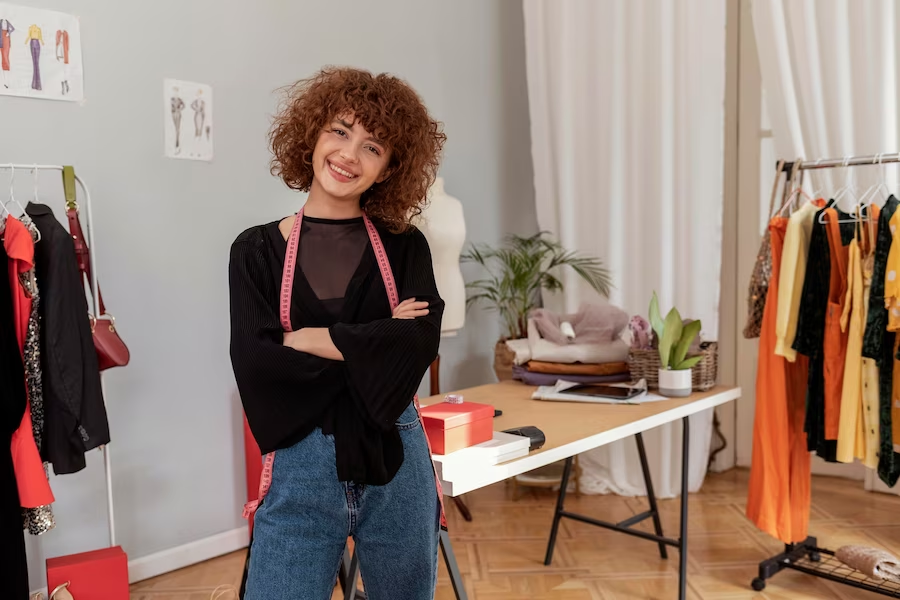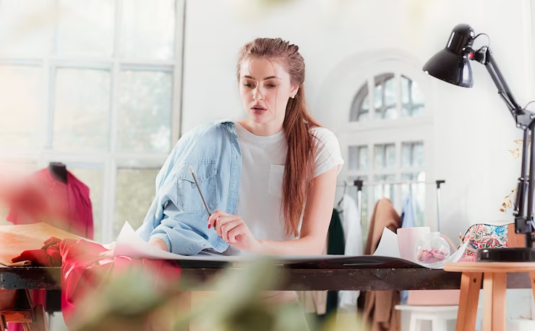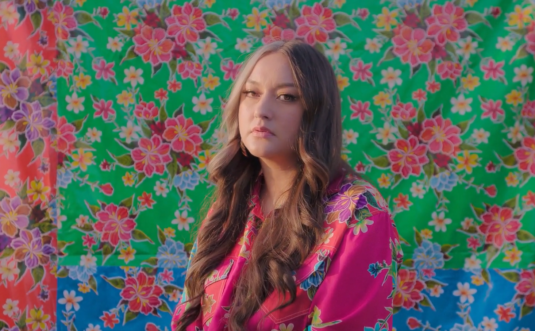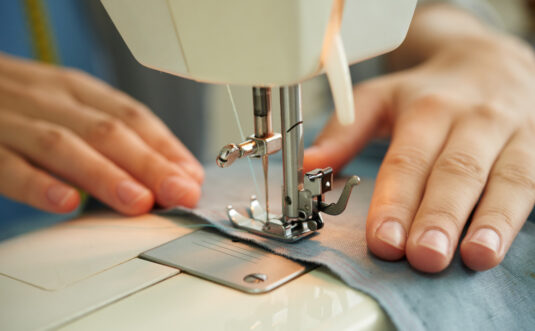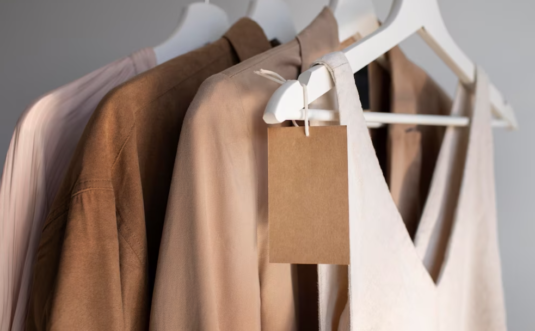Welcome to the captivating world of fashion design, where imagination and artistry intertwine to create stunning expressions of style. This enthralling domain allows individuals to unleash their creativity and personal flair through a diverse range of clothing and accessories. Whether you aspire to become a seasoned professional in the glamorous realm of fashion or simply yearn to embark on a journey of self-discovery, this comprehensive article is your gateway to the enchanting universe of fashion design. Brace yourself as we delve deep into the fundamentals of this captivating craft and empower you to forge a path towards your own distinctive fashion identity. Are you ready to immerse yourself in the magic? Let the exploration begin!
Fashion Design Principles
Fashion design is not just about sketching pretty clothes; it involves understanding the principles of design. These principles include:
- Color theory: Understanding how colors work together and the impact they have on the overall look and feel of a design;
- Silhouette: The outline or shape of a garment, which determines its overall appearance;
- Proportion: The relationship between different parts of a garment or outfit, ensuring a balanced and visually pleasing design;
- Texture: The tactile quality of fabrics and materials used in a design;
- Balance: The distribution of visual weight in a design, achieved through symmetry or asymmetry;
- Line: The direction and flow of elements in a design, influencing the eye’s movement.
Tools of the Trade
To get started with fashion design, you’ll need a few essential tools:
- Sketchbook: A dedicated sketchbook to capture your design ideas and create fashion illustrations;
- Pencils and markers: A range of pencils and markers to sketch and add color to your designs;
- Measuring tape: Essential for taking accurate body measurements and garment dimensions;
- Fabric swatches: A collection of fabric swatches to experiment with different textures and materials;
- Sewing kit: Basic sewing supplies such as needles, thread, pins, and scissors for basic garment construction.
Developing Your Fashion Design Skills
Fashion Sketching
Fashion sketching is the art of creating illustrations that depict clothing designs. Follow these steps to create your fashion sketches:
- Start with a croquis: A croquis is a basic figure outline that serves as a template for your designs;
- Add details: Use lines and shading techniques to add depth and dimension to your sketches. Focus on capturing the silhouette, fabric details, and overall style of the garment;
- Experiment with poses: Explore different poses to showcase your designs from various angles and perspectives.
Understanding Fabrics
Understanding fabrics is crucial in fashion design. Familiarize yourself with different fabric types, their properties, and their suitability for different garments. Some common fabric types include cotton, silk, wool, polyester, and denim.
Color Theory and Color Schemes
Colors play a significant role in fashion design. Learn about color theory, color schemes, and how to create harmonious combinations. Experiment with different color palettes to evoke different emotions and convey specific messages through your designs.
Fashion Design Process
Research and Inspiration
Before diving into sketching, conduct thorough research to gather inspiration. Explore fashion magazines, runway shows, historical eras, and cultural influences. Create mood boards or collages to collect images, fabric swatches, and color samples that resonate with your design vision.
Sketching and Design Development
Once you have a clear vision, start sketching your design ideas. Explore different styles, silhouettes, and details. Use your sketches as a starting point to refine and develop your designs further.
Pattern Making and Garment Construction
Once you have finalized your design, it’s time to translate it into a wearable garment. Create a pattern by drafting or draping fabric on a dress form. Cut and sew the fabric pieces together, following the pattern, to construct your garment.
Building Your Fashion Design Portfolio
A fashion design portfolio is a collection of your best work that showcases your skills, creativity, and unique style. It serves as a visual representation of your talent and is essential when applying for fashion design schools, internships, or jobs in the industry. Here are some tips for building a strong fashion design portfolio:
Select Your Best Work
Choose a selection of your strongest and most representative designs to include in your portfolio. Consider including a variety of styles, techniques, and design projects to demonstrate your versatility.
Include Fashion Illustrations
Fashion illustrations are a crucial component of your portfolio. Showcase your ability to capture the essence of your designs through beautifully executed sketches. Include a range of illustrations that highlight different poses, silhouettes, and details.
Present Your Process
Demonstrate your design process by including sketches, mood boards, fabric swatches, and any other visual materials that showcase your research, inspiration, and development stages.
Show Finished Garments
If possible, include photographs of the finished garments you have created based on your designs. This provides tangible evidence of your skills in pattern making, sewing, and garment construction.
Consider Digital Presentation
In addition to a physical portfolio, consider creating a digital portfolio that can be easily shared online. This allows potential employers or collaborators to access your work more conveniently. Use high-quality images and consider creating a visually appealing layout.
Conclusion
Fashion design is a captivating field that allows you to bring your creative vision to life. By understanding the basics of fashion design, developing your skills, and building a strong portfolio, you can embark on an exciting journey as a fashion designer. Remember to stay true to your unique style, keep learning, and embrace opportunities to showcase your talent. With dedication and perseverance, you can achieve your fashion design dreams.
FAQ
While formal education can provide a strong foundation and open doors in the fashion industry, it is not mandatory. Many successful fashion designers are self-taught or have learned through apprenticeships and hands-on experience. However, formal education can offer valuable knowledge in areas such as design principles, pattern making, and garment construction.
Developing your own unique style takes time and experimentation. Start by exploring different design aesthetics and techniques. Take inspiration from various sources, but also allow your personal tastes and interests to influence your work. Over time, you will develop a signature style that sets you apart from others.
Starting your own fashion label as a beginner can be challenging, but it is not impossible. Begin by creating a cohesive collection of designs that align with your brand vision. Build a strong portfolio and consider showcasing your work at local fashion shows or events. Establishing a strong online presence through social media and e-commerce platforms can also help you reach a wider audience.
